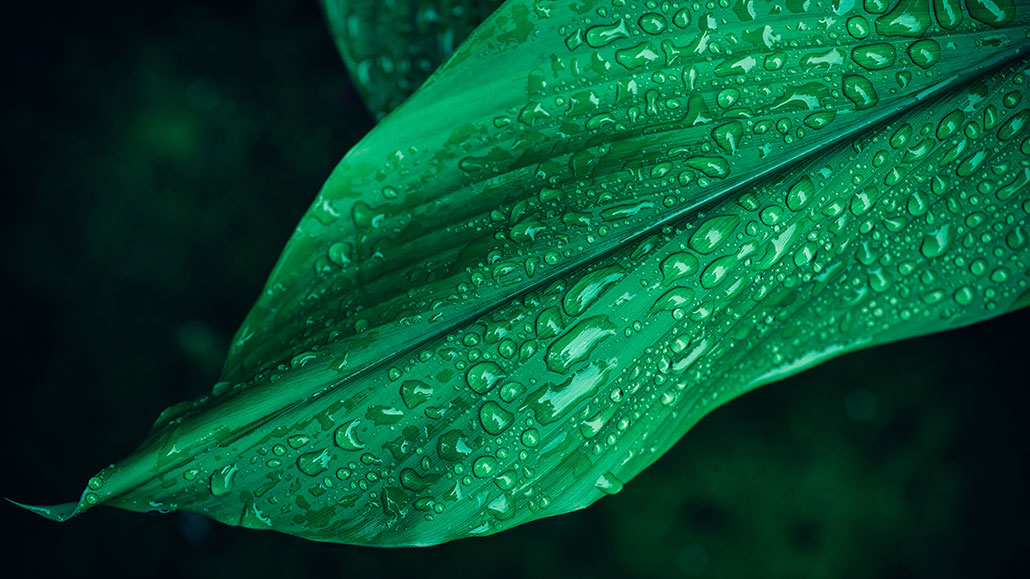Natural Conditions are not what I’m proposing. I’m taking about optimizing the controlled grow environment using as close to a “Sunlight Spectrum” as possible (this also means a variable spectrum).
This means if plants get stressed out above 1800+ ppfd, then don’t allow the plants to receive that much light (dim or raise light). If the soil is dry, water it. If the air is too dry, adjust the humidity.
Because cannabis is an annual plant, I would say the sunlight we should concern ourselves with is the spectrum of sunlight from spring through autumn. The spectrum changes throughout the day as we know. But it’s fairly similar across the globe on sun days depending on location and local season.
these are reading
View attachment 5380626
Below are measurements throughout a full day from different locations and different zenith angles
View attachment 5380627
And below is a shot of the spectrum just before and after sunset
View attachment 5380628
As one can see,the spectrum that a plant receives on a given day outside might resemble a “veg” spectrum and a “bloom” spectrum throughout a 12-14 hr period. Daily. The primary differences (regarding spectrum) that change through out the season is how long plants are exposed to the each variation in the spectrum. Days are longer during spring leading up to summer. This means plants receive more midday spectrum for longer durations until the days start getting shorter.








